
Fed Locks in Low Interest Rates Amid Economy Recovery
Federal Reserve Chairman Jerome Powell this week announced a shift in policy that is designed to keep interest rates lower for longer as the economy begins to recover from the COVID shutdowns.
“It’s hard to overstate the benefits of sustaining a strong labor market, a key national goal that will require a range of policies in addition to supportive monetary policy,” said Powell.
Instead of a fixed goal of 2% inflation, the bank will now aim for an “average” of 2% inflation; in other words, the Fed could allow inflation to rise higher than 2% before tightening interest rates rather than preemptively increasing rates to head off higher inflation.
This is a change from 2018 when the Fed increased interest rates four times in response to rising inflation. This decision led to a stock market selloff and widespread concerns about economic health. In 2019, the Fed decreased rates three times before cutting them to nearly zero in response to the pandemic.
In March, the bank cut its benchmark rate twice and purchased trillions of dollars of government assets to help stabilize markets.
“In seeking to achieve inflation that averages 2% over time, we are not tying ourselves to a particular mathematical formula that defines the average,” said Powell on Thursday. “Thus, our approach could be viewed as a flexible form of average inflation targeting…Of course, if excessive inflationary pressures were to build or inflation expectations were to ratchet above levels consistent with our goal, we would not hesitate to act.”
Increasing interest rates in response to rising inflation would make it harder for Americans to borrow money and would make the national debt even more expensive. On top of that, the USD is the world’s reserve currency and out-of-control inflation in the United States could significantly harm the global economy.
Editor’s Note: Without the tools to battle inflation (i.e. the ability to raise interest rates) people’s savings become less and less valuable. This can get out of control VERY quickly. But if raising rates means that our federal government can’t pay the interest on the debt, then it goes bankrupt. And, circularly, the way to avoid bankruptcy is to print more money, which means massive inflation.
Many people believe we are headed to a crash as soon as our debt burden goes beyond our ability to pay the interest. This has been estimated at between $35 and $40 Trillion, and maybe 10-12 years away. But with the added expense of COVID this year, this may have been accelerated. We could have a major financial meltdown in before 2030.





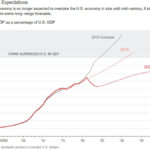
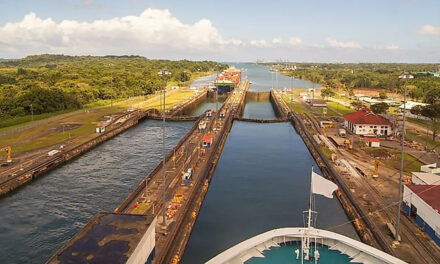



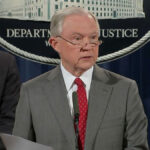
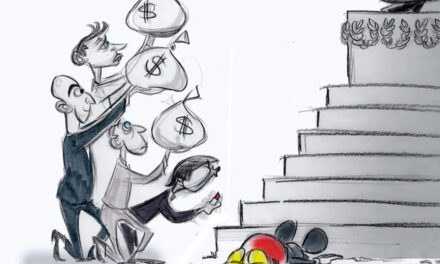
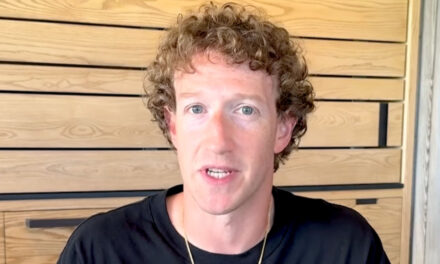


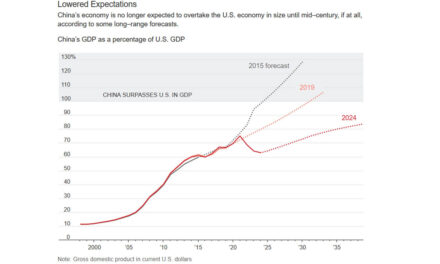
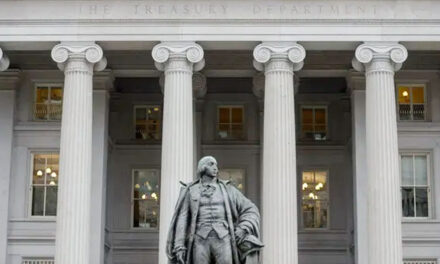
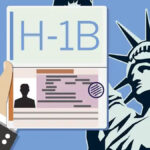





Joe Gilbertson: where are you going with these threats? My free speech is facing intimidation, sometimes physical threats. Is this…
NOT BUSTED. You didn't have to say it. That is what I meant in the above post from me. But…
Just another ruse for taking jabs at Biden through alleged short comings of his. Ten days remaining in Biden's term…
I never said I WANT China to continue to own Panama. You made that up. First,I didn’t say it. Second.…
I absolutely do Not in any way, shape or manner fabricate ANYTHING you say. I do and will always tell…